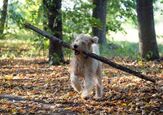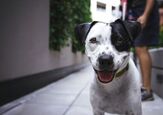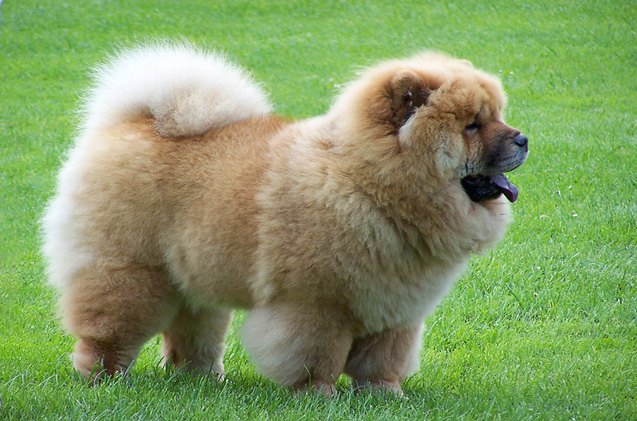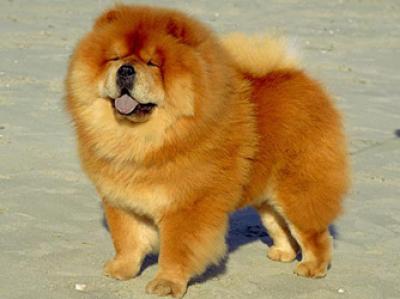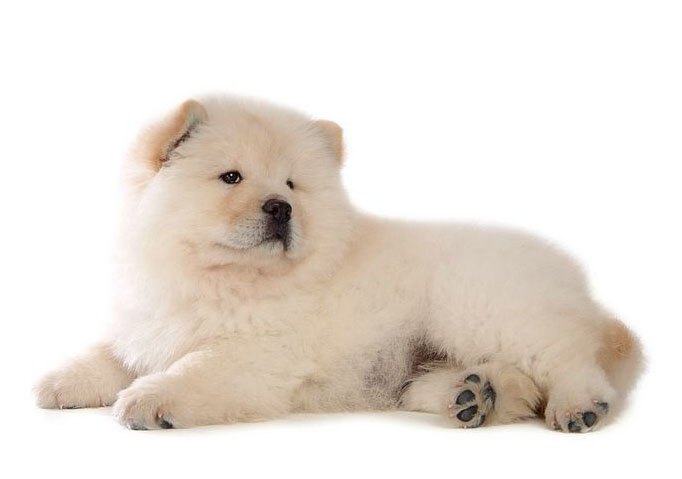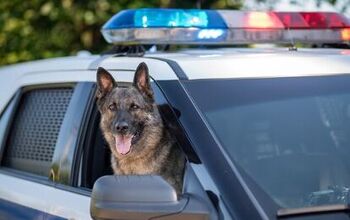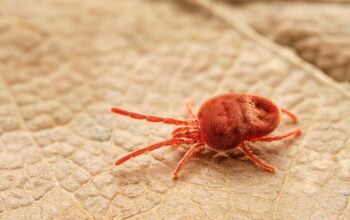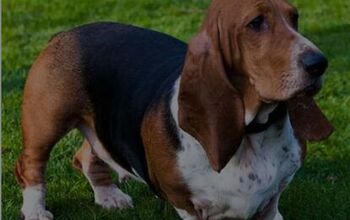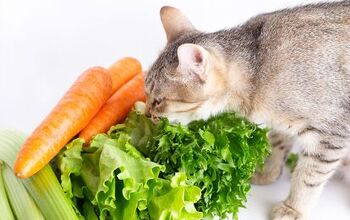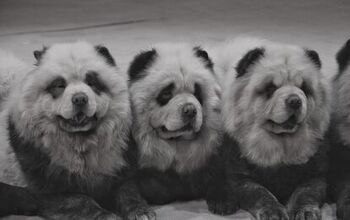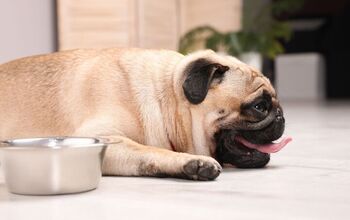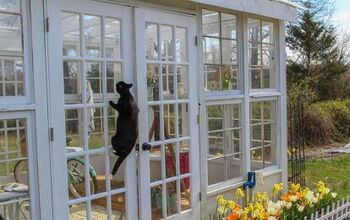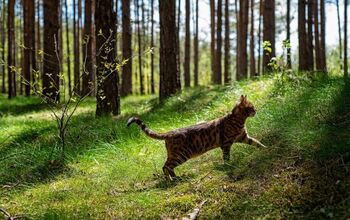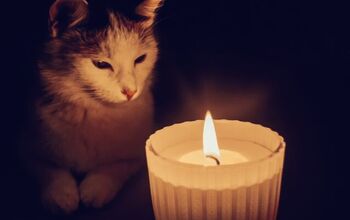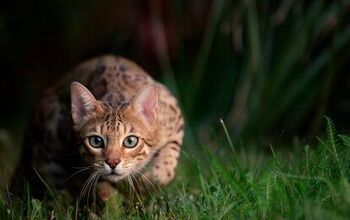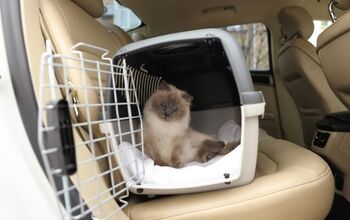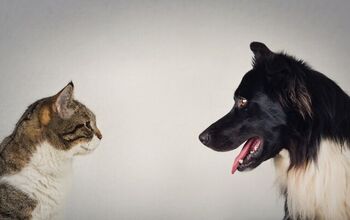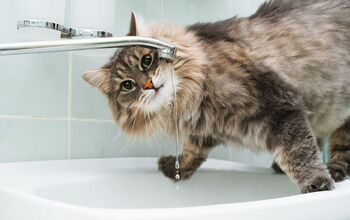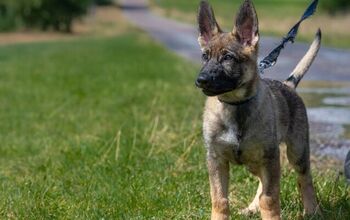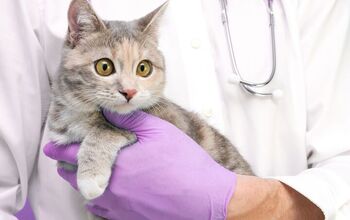Chow Chow


About Chow Chow
One of the most ancient of dog breeds, the Chow Chow – like other ancient breeds – hails from Asia. It first originated in Mongolia before being transported and bred in China. With a distinctive appearance (its name in Mandarin approximately translates as “puffy-lion dog”) full of hair and resembling a bear crossed with a dog, it’s hard to miss this dog. But what is its popularity like in the United States, and can these dogs be considered friendly roommates for you and your family?
As we delve deeper into the world of Chow Chows – which is really the ancient world of dog breeds itself – we’ll find out more about what makes the Chow Chow such an interesting and unique breed. As it turns out, the rich history of this dog can be traced to working-class roots but the breed has risen to become more of a show dog and companion dog – or both, because when you have this breed as a companion, you’ll want to show it off! Here is an overview of the breed.
One of the most ancient of dog breeds, the Chow Chow – like other ancient breeds – hails from Asia.
Like the Pug, another ancient breed, the Chow Chow comes from Asia. Specifically, the breed originally hails from northern China or Mongolia – and its history extends back as far as thousands of years. Even DNA analysis has confirmed that the Chow Chow is actually the oldest breed of dog in existence, its breed purity having been maintained for millennia.
If that’s a little intimidating for you as a new dog owner, consider that these dogs survived so well because they made such excellent companions, and even workers, although they do have more cat-like personalities, as we’ll learn later one.
In terms of tracing the dog’s history to specific dates, there are sculptures of Chow Chow-like dogs that date to the Han Dynasty, which ran from 206 B.C. to 22 A.D. Their history even comes up through the United States, as President Calvin Coolidge owned a Chow Chow.
Pedigree
You can’t trace a pedigree of the oldest breed in the world! But it is important to remember that Chow Chow is part of the makeup of other dogs’ pedigrees. According to the American Kennel Club, “some scholars claim the Chow was the original ancestor of the Samoyed, Norwegian Elkhound, Pomeranian and Keeshond.” Needless to say, the Chow Chow is a very northern-appearing dog, and many of its relative breeds have similar northern-like appearances. (Arctic dog breeds, for example, tend to have puffier, heavier coats.)
It’s not hard to imagine a breed that descends from a Chow playing in snow; in fact, it appears that the Chow is well-suited for this purpose. This makes the Chow Chow an excellent companion dog for your children’s snow days and a versatile breed in general should you live in cold winter states or countries.
Considering the medium stature of Chow Chows, they still don’t have to eat a whole lot, even if they appear to want to. Remember that a dog of this size will require a comparatively small diet – in other words, don’t always try to feed it human meals. Nutritious, whole foods are a must-have for just about any dog, including healthy and lean meats.
The Chow Chow can, at times, be a bit frustrating to train, as it has a personality that resembles that of a cat.
The Chow Chow can, at times, be a bit frustrating to train, as it has a personality that resembles that of a cat. It is well-suited for domestic life, to be sure, but this can also mean that the dog feels so comfortable at home that it’s not always willing to listen to what you have to say. If you maintain good discipline and don’t give the dog treats for the wrong reasons, you shouldn’t have a lot of trouble.
Chow Chows can be deceptively heavy, weighing in the area of 45-70 pounds, with males running on the higher end of that spectrum and females on the lower end.
Temperament / Behavior
As stated, the Chow Chow makes for a good domestic dog with a laid-back personality that is not overly aggressive or anxious when it hasn’t moved around in a while. They don’t have much need for exercise, unlike some dogs that are better suited for wide-open country estates.
Affected by a variety of joint ailments, you can expect a Chow Chow to have a relatively high likelihood of experiencing these in its lifetime. Being sure that you acquire a healthy Chow Chow is important from the beginning, so make sure to pay scrupulous attention to detail in this regard.
A lifespan of 9-15 years depending on a wide degree of variables should be expected in the Chow Chow.
Chow Chows are not major exercisers; though they hail from ancient working roots, the modern Chow is a companion dog and feels perfectly at home… when it’s at home. Having a Chow Chow that isn’t very fond of exercise is not all that unusual. Still, discipline should be retained and you should get out and walk your Chow Chow regularly.
The Chow Chow makes for a good domestic dog with a laid-back personality.
According to the American Kennel Club, “A powerful, sturdy dog of Arctic type, medium in size and muscular with heavy bone, the Chow Chow is an ancient breed of northern Chinese origin. While the breed was originally a working dog, he primarily serves as a companion today and is seen in show rings across the country.”
The distinctive, attractive coat of the Chow Chow is one of the main attractions. Puffy and large, the coat can range in color from light brown to cinnamon or cream. Regular brushing should be maintained so that the coat stays healthy and vibrant.
A Chow Chow makes for a very cute puppy, so a word of warning: your children will probably want to get one as soon as they lay eyes on a Chow Chow! It’s also important when acquiring a Chow Chow puppy that you ensure they are verified as healthy. Be sure to train a Chow Chow with patience and don’t over-do early on.

Amy Tokic, Editor of PetGuide.com, is a passionate animal lover and proud pet parent of Oscar, a Shih Tzu/Chihuahua cross, and Zed, a Japanese Chin. Her love of animals began in kindergarten, when she brought her stuffed dog Snoopy into class with her every day. Now, she writes about her adventures in pet ownership and tirelessly researches products, news and health related issues she can share with other animal enthusiasts. In her free time, Amy loves perusing used book and record stores, obsessing over the latest pet products available and chasing squirrels with wild abandon (a habit attributed to spending too much time with her pooches).
More by Amy Tokic
